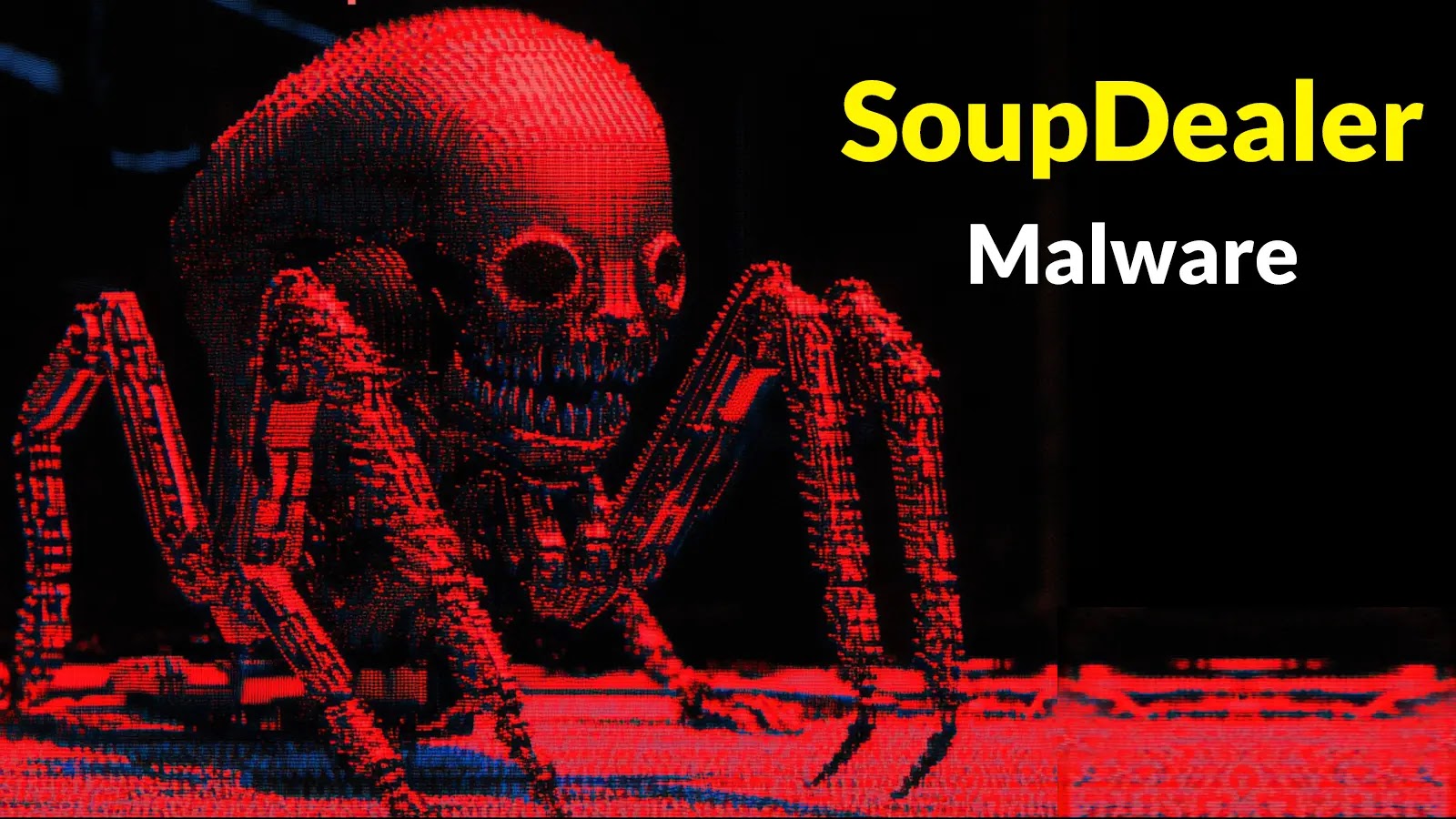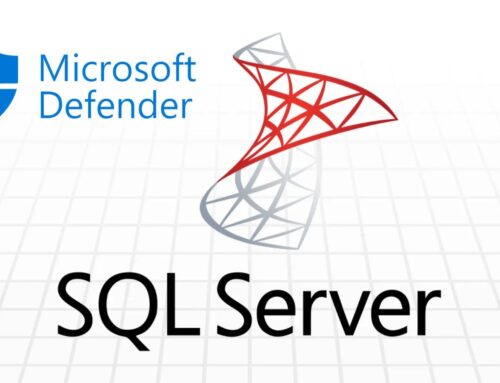
SoupDealer Malware Bypasses Every Sandbox, AV’s and EDR/XDR in Real-World Incidents
SoupDealer Malware: The Next-Gen Evasion Threat Bypassing All Defenses
Imagine a digital predator so cunning it glides past every tripwire, every alarm, every watchful eye. In early August 2025, cybersecurity teams in Türkiye witnessed this chilling reality. A new, highly evasive Java-based loader, codenamed SoupDealer, emerged from the shadows, demonstrating an alarming ability to bypass every public sandbox, every traditional antivirus solution, and even advanced enterprise EDR/XDR platforms.
This isn’t merely another piece of malware; it signifies a dangerous evolution in threat actor capabilities. SoupDealer represents a significant challenge to conventional security paradigms, demanding immediate attention and a re-evaluation of defensive strategies. If your organization relies solely on traditional perimeter and endpoint security, SoupDealer should be a major concern.
The Anatomy of SoupDealer: A Multi-Stage Evasion Masterpiece
SoupDealer made its debut via targeted spearphishing campaigns, specifically observed using filenames like TEKLIFALINACAKURUNLER.jar. This initial .jar file is deceptively simple, serving as a highly effective, low-detection-risk entry point. The real sophistication lies in its multi-stage loader architecture designed for stealth and persistence.
- Stage 1: The Initial Foothold (Low-Detection .jar): The initial Java Archive (JAR) file acts as a dropper. Its primary function is to establish a beachhead without immediately raising alarms. This minimal footprint is key to bypassing automated sandbox analysis and initial antivirus scans that might flag more complex or malicious payloads.
- Stage 2 & 3: Unpacking and Execution (Evasion in Motion): Once inside the network, the initial JAR file begins to unpack its subsequent stages. This multi-layered approach to payload delivery allows SoupDealer to dynamically load components only when necessary, further complicating detection. This method is effective because security solutions often struggle to fully detonate and analyze deeply nested, multi-stage threats in real-time, especially when each stage employs anti-analysis techniques.
The fact that SoupDealer successfully navigated every public sandbox, antivirus, and EDR/XDR indicates a sophisticated understanding of current security product heuristics and detection methodologies. This suggests the threat actors behind SoupDealer are meticulously testing and refining their malware to circumvent common defensive measures.
Why SoupDealer Evades Modern Security Solutions
The ability of SoupDealer to bypass sophisticated security layers like EDR/XDRs is particularly concerning. Here’s a breakdown of potential reasons for its success:
- Anti-Analysis Techniques: SoupDealer likely employs advanced anti-analysis techniques such as environment checks (e.g., detecting virtualized environments, debugger presence), obfuscation, encryption, and delays in execution. These methods are designed to make automated analysis difficult or impossible, causing sandbox solutions to time out or return benign results.
- Zero-Day or Undisclosed Vulnerabilities: While the provided information doesn’t specify them, it’s possible SoupDealer leverages undisclosed vulnerabilities (zero-days) in Java Virtual Machine (JVM) implementations, EDR agents, or operating system components. Alternatively, it might exploit known, but unpatched, vulnerabilities for which no CVE has yet been publicly assigned or widely deployed patches exist.
- Polymorphic and Metamorphic Code: The loader could be using polymorphic or metamorphic code generation, constantly changing its signature to avoid static signature-based detection by antivirus software.
- Living Off the Land (LotL) Tactics: While not explicitly stated, successful evasion often involves “living off the land” by abusing legitimate system tools and processes. This makes it harder for EDRs, which focus on detecting anomalous behavior, to differentiate malicious activity from normal system operations.
- Stealthy Network Communication: If SoupDealer initiates C2 (Command and Control) communications, it likely does so over encrypted channels or camouflages its traffic, making it indistinguishable from legitimate network activity.
Remediation Actions and Proactive Defenses Against Next-Gen Loaders
Given SoupDealer’s advanced evasion capabilities, a layered and proactive security posture is critical. Reliance on a single security tool is insufficient. Here are key remediation and best practice actions:
- Enhanced Email Security: Strengthen email gateways with advanced threat protection, sandboxing, and DMARC/SPF/DKIM enforcement to detect and block phishing attempts more effectively. Implement user awareness training focusing on identifying highly sophisticated spearphishing emails.
- Endpoint Detection and Response (EDR)/Extended Detection and Response (XDR) Optimization: Don’t solely rely on automated blocking. Actively tune your EDR/XDR rules. Implement custom detection rules based on known SoupDealer indicators of compromise (IoCs), even if they are subtle behavioral patterns. Focus on dynamic analysis and behavioral analytics rather than just signature matching.
- Application Whitelisting/Control: For high-risk environments, consider implementing application whitelisting (e.g., using Windows Defender Application Control or third-party solutions) to restrict the execution of unauthorized executables and JAR files. This can significantly limit the initial execution of unknown loaders.
- Network Segmentation and Microsegmentation: Restrict lateral movement within your network. Even if SoupDealer breaches an endpoint, network segmentation can limit its ability to spread to other critical systems.
- Regular Patch Management: Maintain a rigorous patch management program for all operating systems, applications (especially Java Virtual Machine environments), and security software. This helps close potential avenues for exploitation, even if SoupDealer isn’t directly leveraging a published CVE.
- Threat Hunting: Proactively hunt for subtle anomalies and indicators of compromise (IoCs) that automated tools might miss. Look for unusual process trees, outbound network connections to suspicious destinations, or modifications to system files.
- Behavioral Analytics and UEBA: Invest in User and Entity Behavior Analytics (UEBA) solutions to detect deviations from established baselines for user and system behavior. Suspicious file access patterns, unusual process executions, or abnormal network flows could indicate SoupDealer activity.
- Disable Unused Features: Disable Java Applets in browsers and ensure Java Runtime Environments are up-to-date or removed if not strictly necessary for business operations.
Conclusion: Adapting to the Evolving Threat Landscape
The emergence of SoupDealer is a stark reminder that the cybersecurity landscape is in a constant state of flux. Threat actors are innovating at an alarming pace, developing techniques to bypass even the most advanced security controls. This incident from Türkiye underscores the critical need for organizations to move beyond traditional, static defenses.
Effective defense against threats like SoupDealer requires a multi-layered, adaptive, and proactive approach combining robust technical controls with vigilant human oversight. Organizations must continuously reassess and strengthen their security posture, embracing advanced behavioral analytics, proactive threat hunting, and a culture of cybersecurity awareness to stay ahead of these increasingly sophisticated adversaries.
The battle against highly evasive malware like SoupDealer demands ongoing vigilance and a commitment to continuous improvement in security practices. The future of defense lies in anticipating the next move and building resilient systems that can detect and respond to the unseen.





